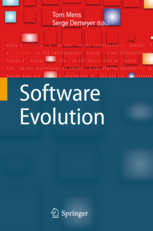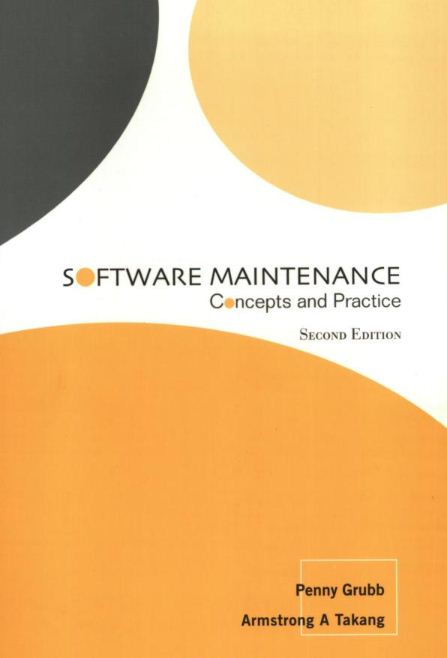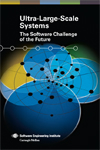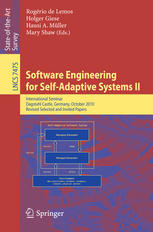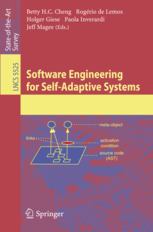Assignment 3 |
Due date
Objectives
InstructionsThis assignment consists of three parts. In Part I you are to define selected software maintenance and evolution terms. In Part II you are to investigate two AntiPatterns. In Part III you are to investigate and compare two software refactoring tools. Part IIn this part answer simple questions and define the selected terms. Each definition may be as short as a single sentence or as long as a paragraph. Use textbooks, the library, and the Web to research these terms. Don't assume that these terms be discussed in class.
Part IIIn this part you are to investigate two AntiPatterns
For both patterns describe in detail
For both AntiPatterns use a concrete example to illustrate the problem and the solution. Part IIIRecently, refactoring of object-oriented code has become a popular function of software development environments. You are to explore, compare, and contrast the capabilities of two refactoring tools: IBM's Eclipse and a refactoring tool of your choice (e.g., Microsoft Visual Studio). Eclipse provides a powerful set of automated refactorings for Java. In this part, you are to investigate these two software refactoring tools and compare their strengths and weaknesses. Answering the following questions might help you in this investigation.
Your report should convince the grader that you studied these tools extensively. The report should be approximately four pages in length including diagrams, figures, and tables (i.e., font size 12, single spaced). The organization of the report is critical. The report must assess each tool individually as well as compare the two tools (e.g., using the kinds of questions posed above). Useful references:
ImportantThe work you turn in has to be your own work. You can consult with other students and consult the web, but in the end you have to turn in your own solution in your own words. How to submitSubmit your assignment as follows:
Marking
|
 |
SENG 371 Software EvolutionProfessor Hausi A. Müller, PhD, PEng |
|
